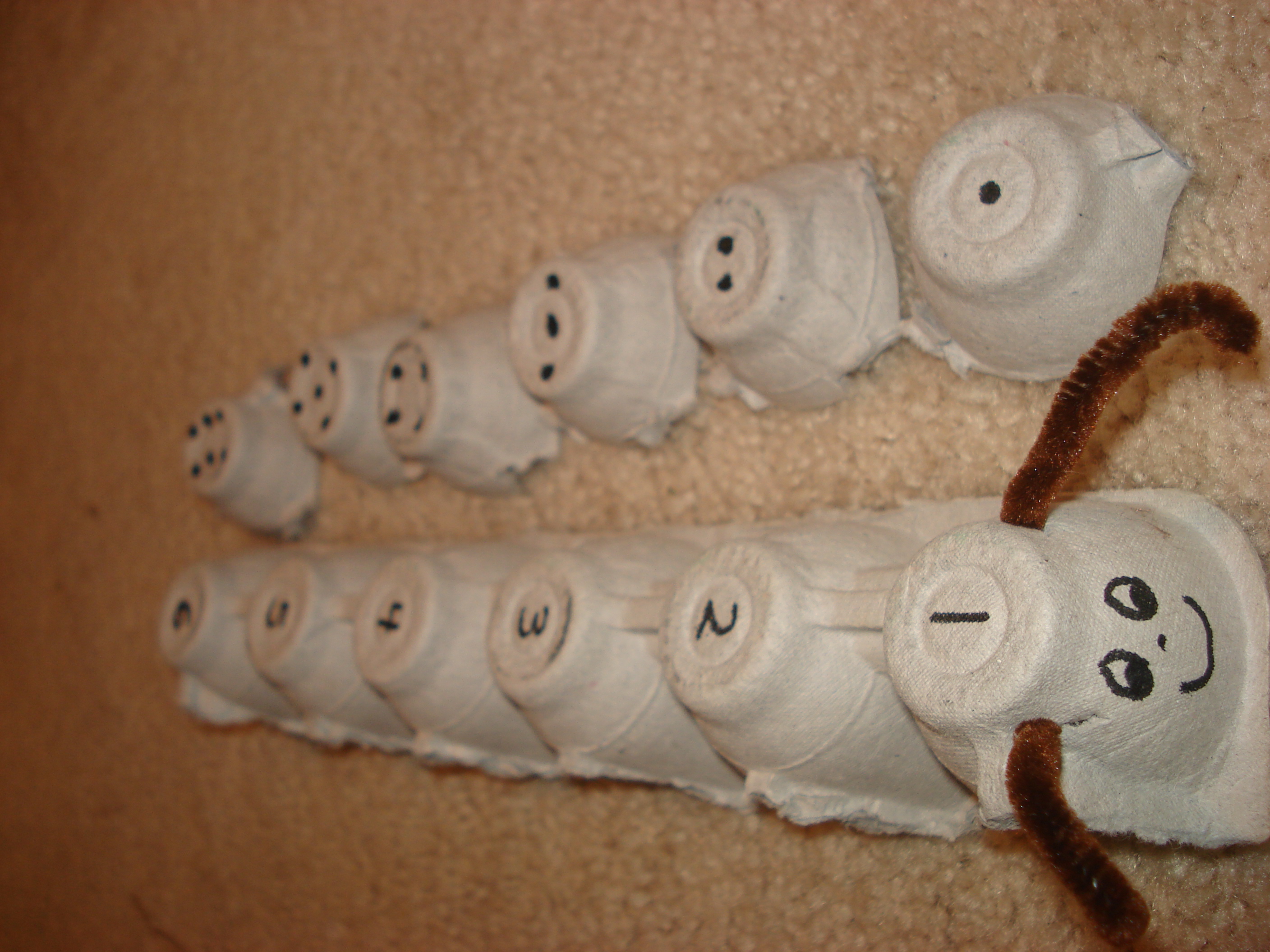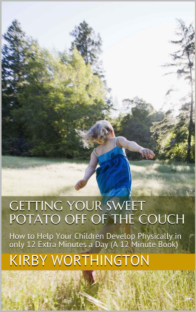Pouring can wire the brain for math -- quantity, more/less -- when done regularly. And it can be done with lots of different things.
For starters, during bath time add big and little cups. How many little cups fit into the big cup? Bring some measuring spoons along. How many measuring spoons fill a very small cup? (If you're using something small to pour into a big container, this may get discouraging.) Add bubbles to the bath for variety. (Word of warning: girls may get irritated skin in sensitive areas if spending too long in bubbles.)
Pouring is also good for getting finger, hand, and arm muscles firing. Even better when you add stirring (pretending to cook) into the mix. These are so helpful with everyday tasks.

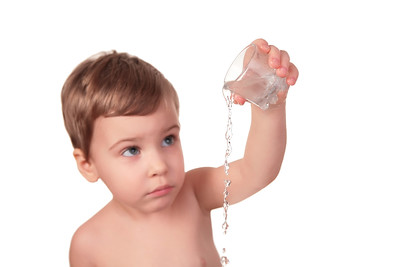
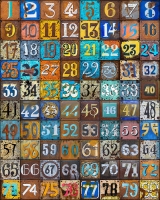

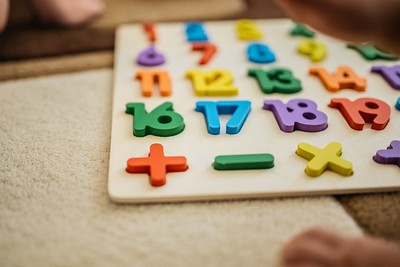 If a child is not understand math, you can play games to get the brain ready for math. If you need to start over with the basics again with an older child, just be aware of using materials that won’t belittle a child (sand, clay). The object is to get the information into the brain through auditory, tactile, and other methods. If the “highways” aren’t working, use “back roads”- it still gets you there!
If a child is not understand math, you can play games to get the brain ready for math. If you need to start over with the basics again with an older child, just be aware of using materials that won’t belittle a child (sand, clay). The object is to get the information into the brain through auditory, tactile, and other methods. If the “highways” aren’t working, use “back roads”- it still gets you there!